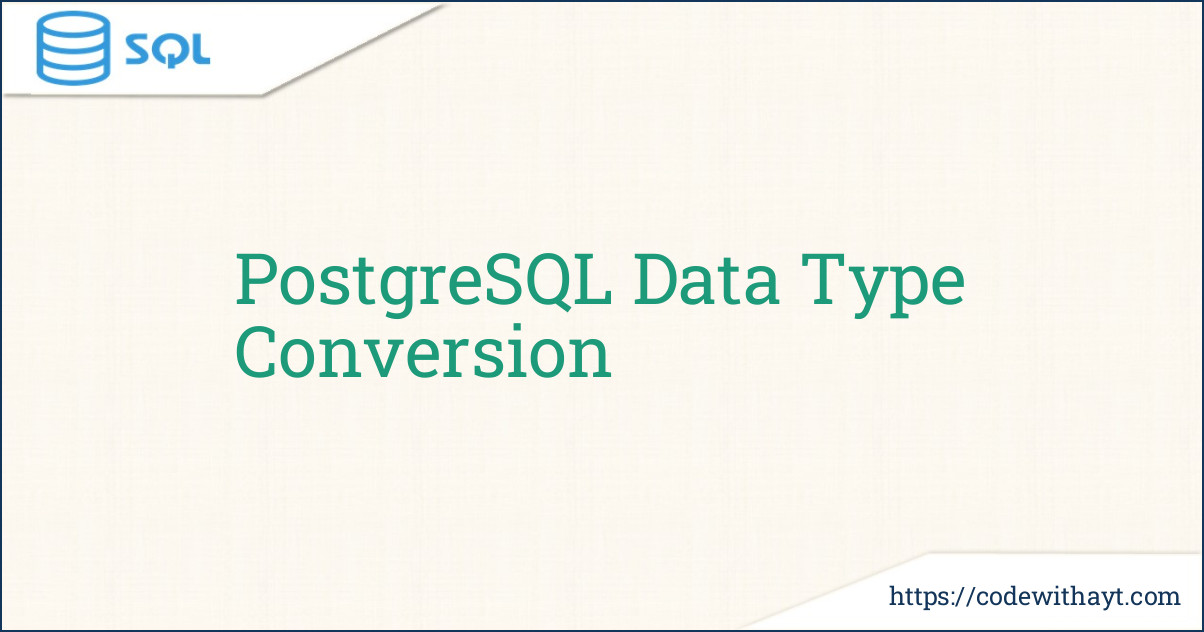Introduction to SQL: The Language of Databases
SQL, or Structured Query Language, is a standard programming language specifically designed for managing and manipulating relational databases. Developed in the early 1970s, SQL has become the go-to language for database professionals due to its powerful features and ease of use. Let’s explore the key components that make SQL essential for data management and analysis.
1. What is SQL?
SQL is a domain-specific language used to communicate with relational database management systems (RDBMS). It allows users to perform various operations, such as querying data, updating records, deleting data, and creating and modifying database structures.
2. Why Use SQL?
-
Data Management: SQL provides a systematic way to manage data in relational databases, enabling efficient storage, retrieval, and manipulation of large datasets.
-
Standardization: SQL is standardized by ANSI and ISO, ensuring consistency across different database systems, such as MySQL, PostgreSQL, SQL Server, and Oracle.
-
Flexibility: SQL allows for complex queries and data manipulation, making it suitable for various applications, from small projects to enterprise-level solutions.
3. Key Features of SQL
-
Data Querying: SQL allows users to retrieve data from databases using the
SELECTstatement, enabling flexible data extraction based on specific criteria. -
Data Manipulation: SQL provides commands for inserting (
INSERT), updating (UPDATE), and deleting (DELETE) records, allowing for comprehensive data management. -
Data Definition Language (DDL): SQL includes DDL commands like
CREATE,ALTER, andDROPfor defining and modifying database structures, such as tables and schemas. -
Data Control Language (DCL): SQL offers DCL commands like
GRANTandREVOKEto manage user permissions and access control, ensuring data security. -
Aggregate Functions: SQL supports aggregate functions like
SUM,AVG,COUNT,MAX, andMINto perform calculations on data sets, providing valuable insights. -
Joins: SQL allows users to combine data from multiple tables using various types of joins (INNER, LEFT, RIGHT, FULL) to retrieve related data in a single query.
4. Most Important Aspects of SQL Development
-
Understanding Database Design: Familiarity with database normalization and relationships (one-to-one, one-to-many, many-to-many) is essential for effective data modeling.
-
Mastering SQL Queries: Learning to write efficient and optimized SQL queries, including subqueries and common table expressions (CTEs), is crucial for data retrieval and manipulation.
-
Indexing for Performance: Understanding how to create and use indexes can significantly improve query performance, especially with large datasets.
-
Data Integrity and Constraints: Familiarity with data integrity concepts, such as primary keys, foreign keys, and constraints, ensures data accuracy and consistency.
-
SQL Functions and Procedures: Knowing how to create and use functions, stored procedures, and triggers can automate repetitive tasks and enhance database functionality.
-
Database Backup and Recovery: Understanding backup and recovery strategies is vital for maintaining data integrity and ensuring data availability in case of failures.
5. Popular Use Cases for SQL
-
Web Development: SQL is commonly used in web applications to manage user data, product catalogs, and content management systems.
-
Data Analysis and Reporting: Analysts use SQL to query databases for insights, generate reports, and perform data analysis to support decision-making.
-
Business Intelligence: SQL plays a crucial role in business intelligence tools, enabling organizations to analyze and visualize their data effectively.
-
Data Migration and ETL Processes: SQL is often used in Extract, Transform, Load (ETL) processes to move and manipulate data between different systems.
6. SQL vs. Other Query Languages
-
Compared to NoSQL: While SQL is designed for structured data and relational databases, NoSQL databases (like MongoDB) handle unstructured data and provide more flexibility in data models.
-
Compared to GraphQL: SQL is more established for relational databases, while GraphQL allows clients to request specific data, providing a more flexible and efficient data-fetching approach.
7. Final Thoughts
SQL is an indispensable tool for anyone working with data. Its robust features and widespread use in various industries make it essential for database management, data analysis, and application development. Whether you're a beginner or an experienced developer, mastering SQL will significantly enhance your ability to work with data.
Ready to learn more? Explore these related blog posts to boost your SQL skills!













